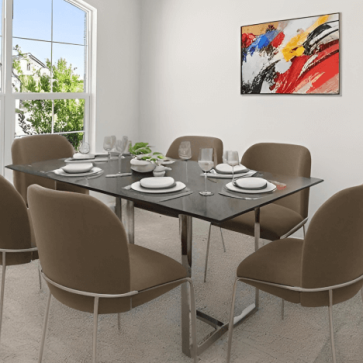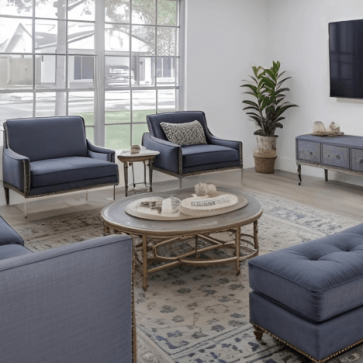Canon EF 16-35mm f/4L IS USM, the Nikon AF-S Nikkor 14-24mm f/2.8G ED, the Sony FE 16-35mm f/2.8 GM, and the Tamron 15-30mm f/2.8 Di VC USD. These are our top picks as the best lenses for real estate photography and we have good reasons to choose them over similar models. Read through to find out more.
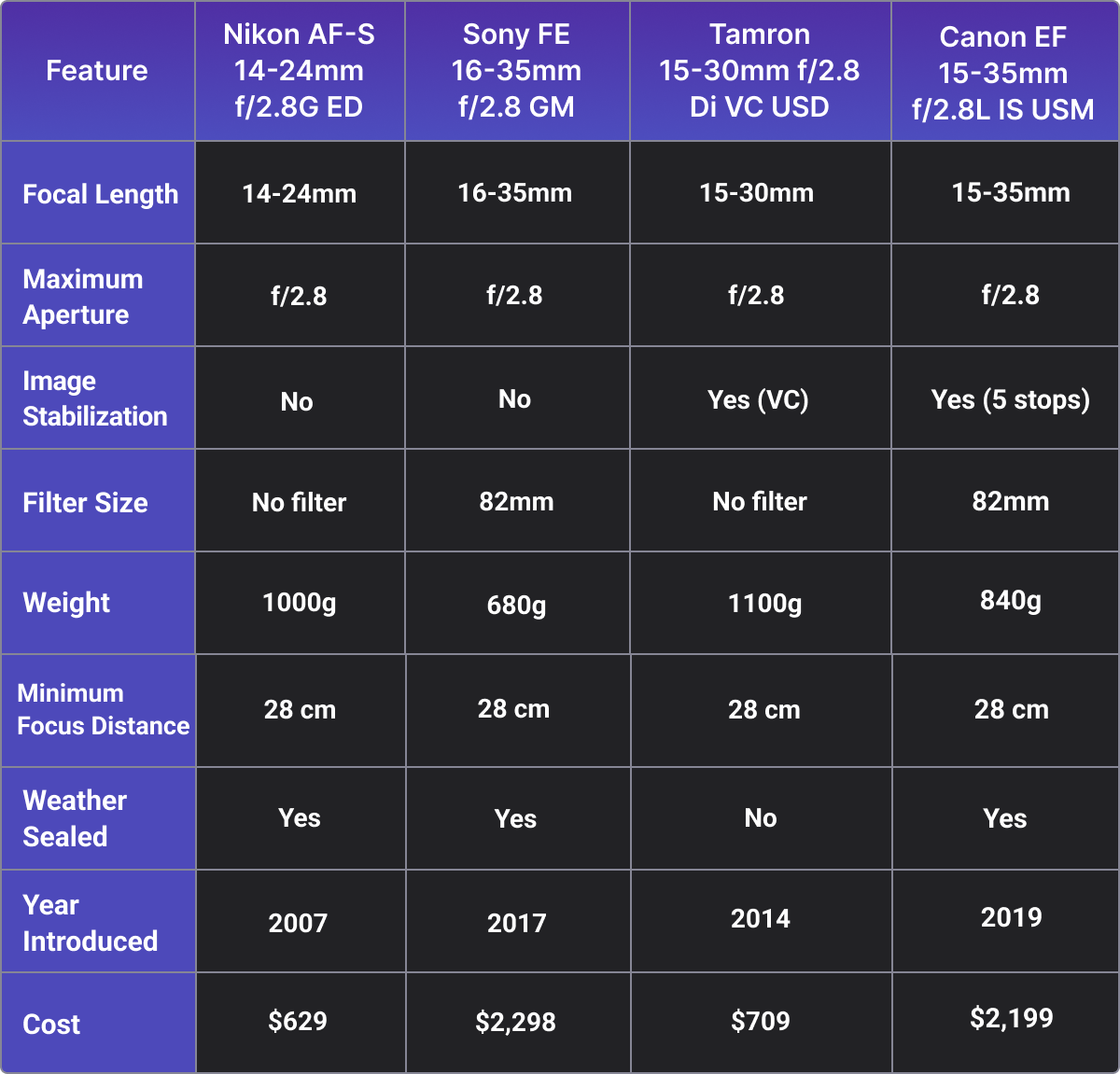
Choosing The Best Lens for Real Estate Photography
Real estate photographers often need a variety of lenses in their toolkit because every property is unique. Different spaces, lighting conditions, and architectural features call for different approaches. Knowing the ins and outs of various lens models isn’t just about being a gear nerd; it’s about having the right tool for the job.
Whether you’re shooting a cozy studio apartment or a sprawling mansion, understanding your lens options can make or break your shots. Now, let’s take a closer look at our list of the best lenses for real estate photography.
Canon EF 16-35mm f/4L IS USM
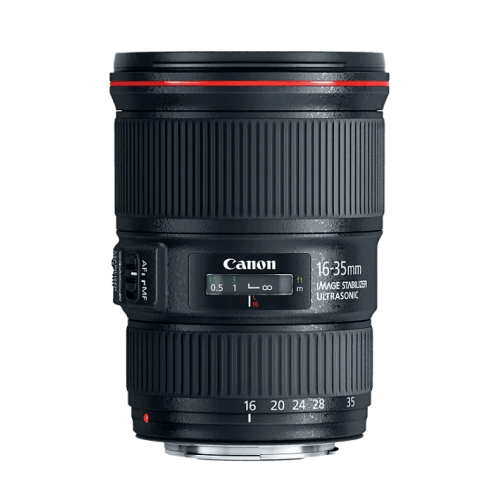
For photographers looking to capture eye-catching interior and exterior shots, the Canon EF 16-35mm f/4L IS USM might just be the perfect choice. This ultra-wide-angle lens is a powerhouse of optical performance, designed to handle challenging shooting environments with remarkable precision.
The lens offers a versatile focal range that allows photographers to easily showcase entire rooms or expansive exteriors. Its constant f/4 aperture ensures consistent exposure across the zoom range. The built-in image stabilization helps photographers compensate for camera shake, which becomes critical in low-light situations typical of interior photography.
Photographers can also frame everything from a cozy living room to a grand foyer, knowing the lens will deliver sharp, distortion-free images that bring architectural details to life as this optical tool helps real estate photographers create visual narratives that make properties look their absolute best.
Pros:
Best-in-class control of distortion, chromatic aberration, and flare.
Strong sharpness.
Fast autofocus.
Excellent build quality.
Image Stabilization (IS).
Weather Sealed.
Cons:
Significant vignetting, especially at 15mm and f/2.8.
Heavier than many comparable mirrorless lenses.
Nikon AF-S Nikkor 14-24mm f/2.8G ED
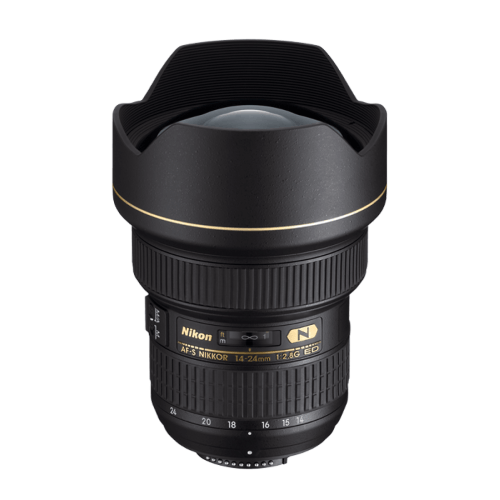
The Nikon AF-S Nikkor 14-24mm f/2.8G ED is the key to unveiling the true essence of spacious interiors and impressive facades. Picture yourself in a compact urban apartment, with this wide-angle wonder, you can transform a snug living area into a welcoming, airy space that potential buyers will fall in love with at first glance.
The ultra-wide 14mm end is your magic wand for making rooms appear larger than life, perfect for those tricky small bathrooms or narrow hallways that often challenge real estate photographers. But this lens isn’t just about making things look bigger. When you’re capturing the grandeur of a high-end property, the 14-24mm range gives you the flexibility to showcase both the overall layout and the finer details.
Imagine photographing a luxury kitchen, for example, you can pull back to 14mm to include the entire open-plan design, then zoom in to 24mm to highlight the premium finishes of the countertops or the sleek lines of the cabinetry. The constant f/2.8 aperture is your trusty sidekick for those dimly lit basement rec rooms or moody home theaters, ensuring every corner of the property shines in your photos. It’s like having a portable sun in your camera bag, ready to illuminate any space you encounter.
Pros:
Remarkable performance from corner to corner.
Superb colors and excellent contrast.
Sharp image quality.
Weather Sealed.
Cons:
Inability to attach filters due to the bulbous front element.
Prone to lens flare.
Corners can suffer when shooting wide-open scenes.
Sony FE 16-35mm f/2.8 GM
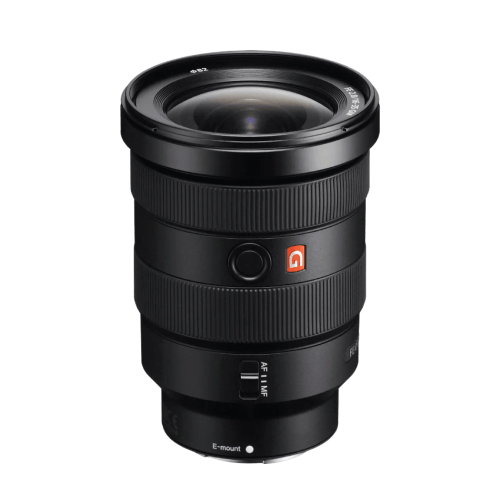
Another lens real estate photographers should seriously consider adding to their arsenal is the Sony FE 16-35mm f/2.8 GM. It’s not just a piece of glass; it’s a versatile tool that can dramatically shift the way you capture a property’s essence.
Think of it as having a panoramic viewfinder for your camera, capable of transforming confined spaces into captivating realms. When faced with the challenge of photographing a modest-sized bedroom, this lens can work wonders, making it appear more open and inviting to potential buyers browsing online listings.
But the beauty of this lens extends beyond simply widening the view. Imagine showcasing a luxurious penthouse apartment with breathtaking city views. At 16mm, you can capture the entire panorama of the skyline as seen through the floor-to-ceiling windows, while at 35mm, you can focus on the elegant details of the interior design, such as the texture of a handcrafted rug or the sleek lines of a modern dining set.
The consistent f/2.8 aperture is like a reliable companion on a cloudy day, pulling in maximum light to reveal the subtle nuances of a room, from the soft tones of the walls to the rich grains of wooden furniture. It ensures that every photograph you take exudes warmth and clarity, drawing potential buyers in with a realistic and inviting portrayal of the property.
Pros:
Lightweight and compact design.
Minimal distortion, aberration, and vignetting.
Sharp image quality.
Fast aperture (f/2.8).
Weather Sealed.
Cons:
Flare is heavily suppressed.
Lighter build might not feel as robust as other lenses.
Occasional “soap bubbling” effect in the bokeh
Tamron 15-30mm f/2.8 Di VC USD
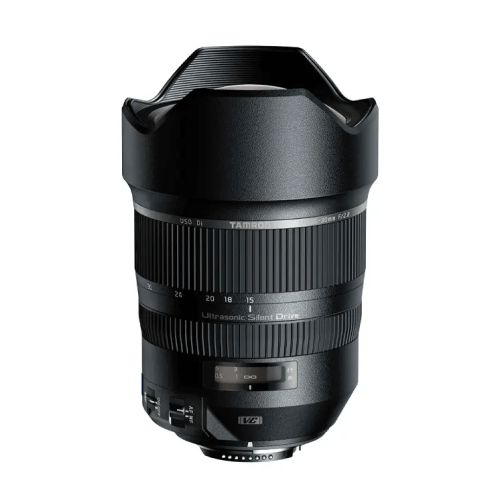
Yet another lens real estate photographers should consider is the Tamron 15-30mm f/2.8 Di VC USD. At 15mm, it’s wider than many competitors, allowing you to capture more of a room in a single frame.
The constant f/2.8 aperture is your trusty companion in dimly lit interiors, gathering light like a net catches fireflies on a summer evening. When you’re showcasing a basement rec room or a moody home theater, this lens ensures every corner shines in your photos. The Vibration Compensation (VC) feature is like having a steady hand even after your third espresso, keeping your images sharp in challenging lighting conditions.
While it may be a bit hefty for long days of shooting, weighing in at about 1,100g, the image quality more than makes up for it. The lens delivers clear details right into the extreme corners, even at f/2.8, a feat that sets it apart from many in its class.
Pros:
Versatile zoom lens.
Great color rendition.
Very sharp, particularly at the wide-angle end.
Image Stabilization (Vibration Compensation – VC).
Cons:
Large and heavy.
VC performance could be better.
No weather sealing.
In Closing
Choosing only one lens as the best lens for real estate photography is next to impossible as the ideal choice hinges on a delicate dance between the unique characteristics of each property, the photographer’s artistic vision, and the specific demands of the shoot itself.
The lenses discussed in this blog, each with its unique strengths, are not just pieces of equipment but essential companions in your journey to capture a property’s character. Whether you’re working with expansive exteriors bathed in natural light or navigating the challenges of dimly lit interiors, the right lens can turn your perspective and bring spaces to life.
But remember, a lens is only as powerful as the photographer behind it. Learning about the best cameras for real estate photography, how to adapt to different environments, experimenting with angles, and mastering techniques like perspective correction will elevate your work beyond technical specifications. The goal is not just to document a property but to tell its story; inviting viewers to imagine themselves within its walls. With the right lens in hand and a thoughtful approach, you’re equipped to create images that resonate and inspire.
FAQs
To some extent yes. In real estate photography, you often shoot both interiors and exteriors, sometimes in less-than-ideal conditions. Weather sealing protects your lens from dust, moisture, and other environmental factors, prolonging its lifespan and ensuring reliable performance.
Even if you primarily shoot indoors, moving between locations can expose your gear to the elements. Weather sealing offers peace of mind and can be a worthwhile investment, especially if you shoot frequently in varied conditions.
The frequency of cleaning depends on your shooting environment and how often you use your lenses. For primarily indoor shoots, cleaning every few weeks or when you notice dust or smudges may suffice. Regularly inspecting your lenses will help you determine the appropriate cleaning schedule.


